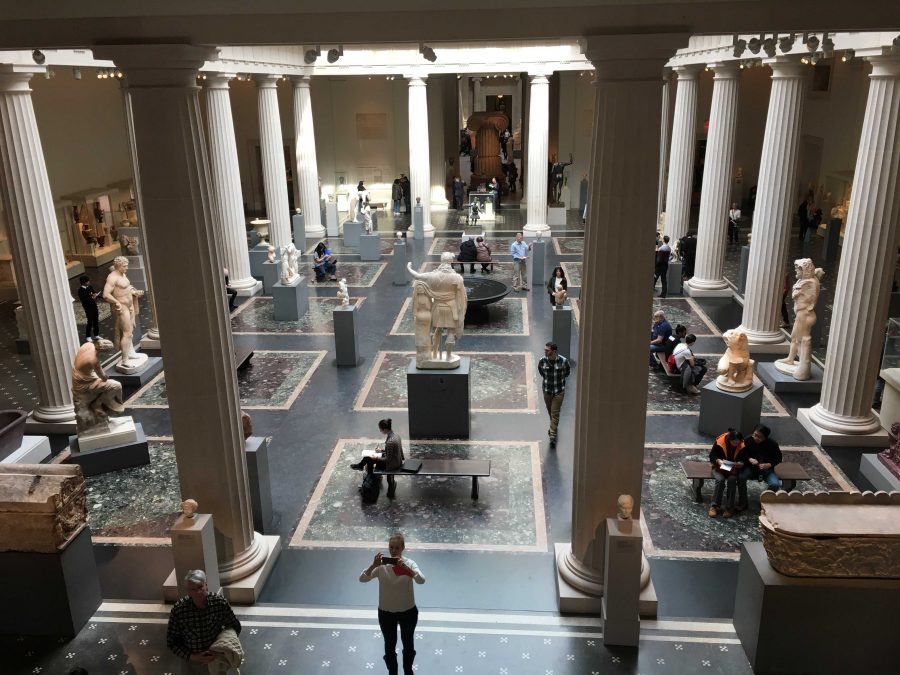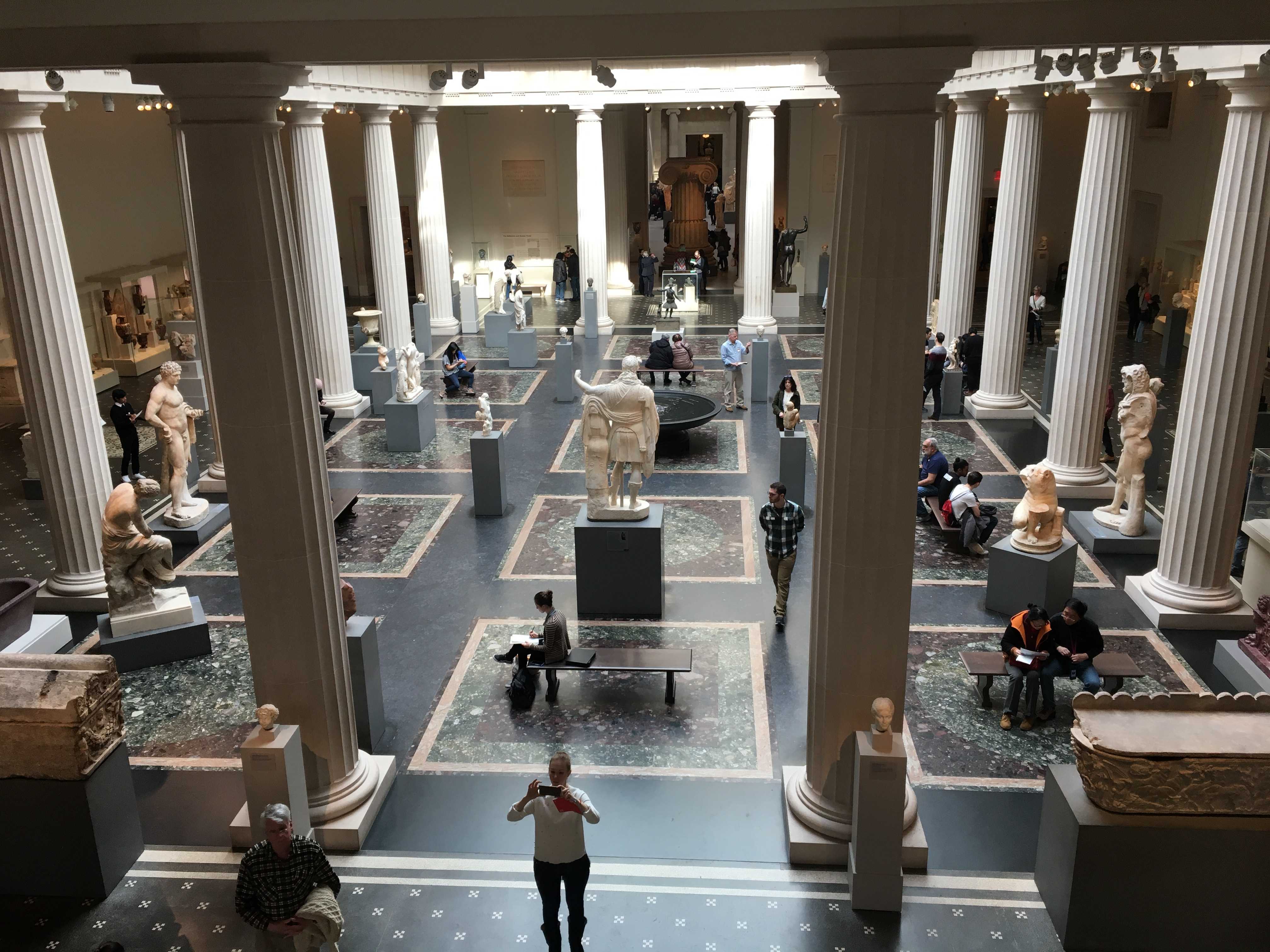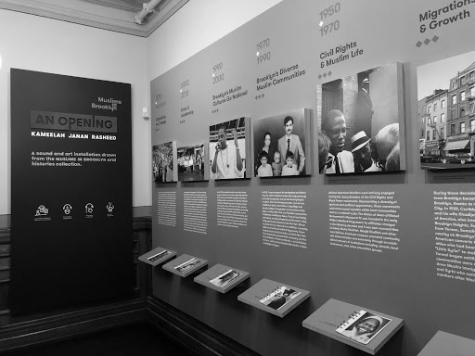Prominent Cultural Institutions in Potential Decline

Prominent Cultural Institutions in Potential Decline
New York staple, The Met, faces financial strains despite its popularity.
New York staple, The Met, faces financial strains despite its popularity.
February 22, 2017
Hang on for a minute...we're trying to find some more stories you might like.
Email This Story
By Megan Bronner

New York staple, The Met, faces financial strains despite its popularity (Courtesy of Julia Comerford).
Many museums around the world face financial struggles, and the country’s largest is not immune to this problem. After enjoying years of success, the Metropolitan Museum, one of the most well-known cultural institutions in the world, is now in trouble after financially overreaching at a time of uncertainty. Even though recent exhibits at the museum saw large crowds, the Met has been financially struggling as the museum’s deficit reaches close to $40 million, according to the New York Times.
Their financial overreaching is exemplified by the expansion of the museum into a satellite building, known as the Met Breuer, which opened in March 2016 and cost much more than anticipated. A new marketing and rebranding plan underway can be criticized for being expensive, according to the New York Times. Then a $600 million new wing was postponed for several years, which may hold the Met back from becoming a serious competitor in the field of modern and contemporary art.
The Times article attributed this decline to the Met’s director and chief executive since 2008, Thomas P. Campbell. After speaking with curators, trustees and other people from the museum, the article concludes that the Met, under the guidance of Mr. Campbell, tried to make too many changes too fast at the museum.
Insiders working there said the museum moved too fast, leading to a financial strain due to over-hiring, overspending, rebranding and taking money from endowment funds to cover costs, as well as pursuing a new wing before financing was finalized, according to the Times. However, there is some hope that despite the current troubles.
In order to ease the financial stress, the Met has cut staff and curators have decreased spending for shows and acquisitions. The Met now expects to reduce its number of exhibitions to about 40 a year, down from its usual 60. Keith Christiansen, the chairman of the Met’s European paintings department, noted to the New York Times the benefits of sitting down with other departments and the museum’s administration in order to ensure that the museum’s mission will not be compromised.
Most people still agree that the museum boasts sizable collections. Also, attendance at the museum is at an all-time high at seven million visitors a year. Therefore, there is reason to believe that the Met is more popular than ever, which is a good sign in a time of financial struggle.
Peter Vergara, FCRH ’18, interned at the Met Cloisters in the summer of 2015 as a researcher and tour guide. He has continued to work as a lecturer giving tours. When asked, Vergara said his team did not feel any major repercussions from troubling finances in 2015. However, he mentioned that he and his team “were there during the months immediately before the museum’s rebranding and the Met Breuer opening. There was definitely a feeling among the staff that the Met was doing too much too fast.”
Vergara also noted that since rebranding and the opening of the Met Breuer, “they [the museum] had to curb projects and limit resources, for sure.” The Met officials, told the New York Times that the Met is not alone, as other cultural institutions have been dealing will structural deficits themselves.
For example, according to the New York Times, the Museum of Modern Art and the Brooklyn Museum offered buyouts to employees. In addition, the New York Philharmonic delayed their opening date for its recently rebuilt hall, which cost $600 million.
Along with the Met and the cultural centers mentioned above, the Newseum had to make changes in order to change their bad financial situation and laid off about 10 percent of its staff, due to continuing financial struggles. This round of layoffs is the first done by president and chief executive, Jeffrey Herbst. These layoffs suggest the finances at this Washington D.C journalism museum are still rocky. Jeffrey Herbst told the Washington Post that the latest round of layoffs was done to make sure the museum has more financial resources.
After opening a $477 million space on Pennsylvania Ave. almost nine years ago, the Newseum has been buried in debt for several years. In Nov. 2014, museum officials wrote about a strategy which would offer an ownership stake in the building in exchange for an influx of funds. The Newseum has continued to reduce its annual expenses according to the Washington Post. In addition to layoff the museum is hastening their efforts to raise money.
In the case of the Met and Newseum it appears that large efforts are being made to cut back on expenses in addition to improving the museums’ experiences and exhibitions. Although these museums are having financial problems now there is evidence of a financial turnaround has the Met sees an increase in visitors and executives continue to right the wrongs that have been made.
Vergara remains optimistic for the Met’s future. He cautioned that an increase in visitors to the Met does not mean an increase in revenue since admission is donation-based.
“I think too many people, especially New Yorkers love, the Met too much to let it go under,” Vergara said. “I’m optimistic it will overcome the financial strain.”












If you want a picture to show with your comment, go get a gravatar.